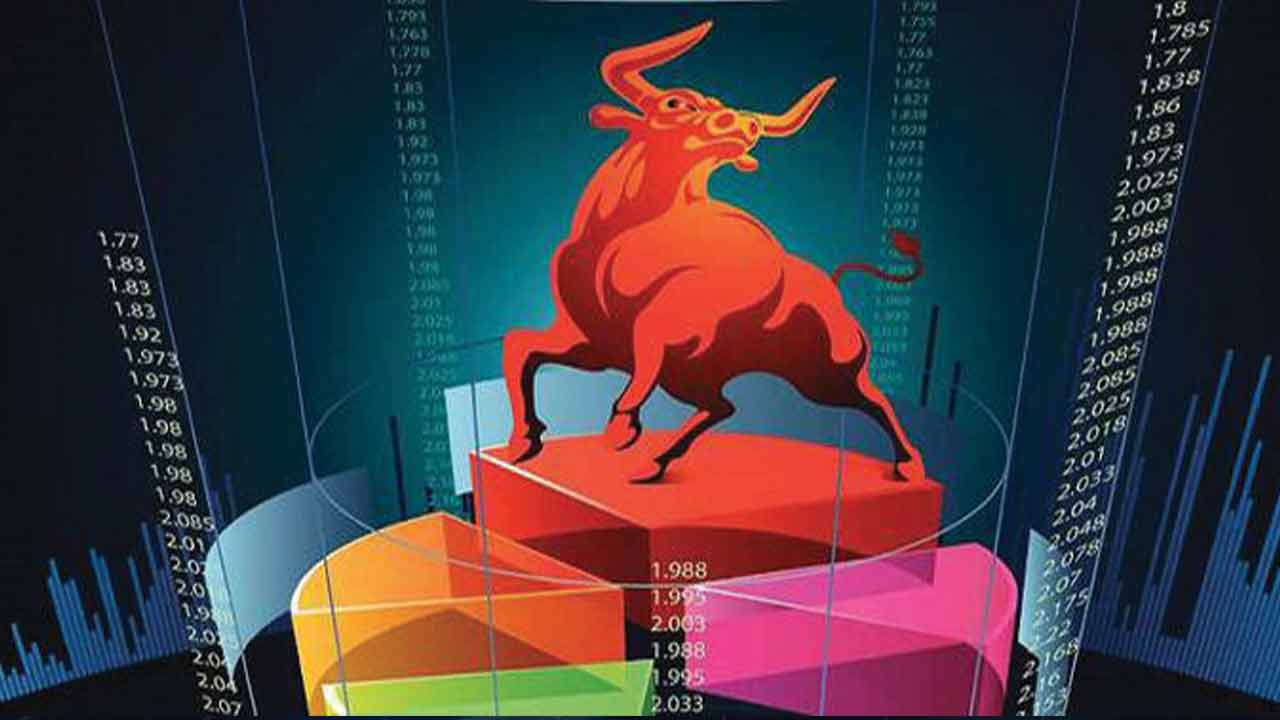Is the Indian agriculture sector a safe bet?


Discover the surprising results using Porter's 5 Forces Model!
Agriculture, the backbone of the Indian economy, has always played a crucial role in the growth and development of the country. But did you know that it is also the foundation of civilization and any stable economy? Allan Savoury, a Zimbabwean farmer, believes that without agriculture, we cannot have a functioning society with key institutions like cities, banks, universities, churches, or armies.
The COVID-19 pandemic brought the world to a standstill, and the agriculture sector was no exception. But as the world slowly began to recover, the agriculture sector made a strong comeback as commodity prices skyrocketed across various categories. Furthermore, the conflict in Ukraine has led to a strained supply of grains and fertilizers, which has further impacted the agribusiness sector.
Agribusiness is a massive industry and has a direct or indirect impact on several other sectors, as agriculture is the primary source of livelihood for about 58% of India's population. From food processing to manufacturing to transportation, several industries are closely tied to agriculture.
Analysing any industry requires looking at it from various angles and finally reaching a conclusion about its attractiveness as an investment proposition. Among the many methods used for doing such an analysis, Porter’s 5 forces model is the most popular one.
As the name suggests, this model analyses the agriculture industry based on five broad parameters or forces. The forces are divided into 2 vertical and 3 horizontal ones.
Let us look at each of these five forces of Porter’s model on the agriculture sector.
Horizontal Forces:
Threat of Substitutes- As innovation happens, existing products become irrelevant. Typewriters got substituted by computers totally. This is called the threat of substitutes. Considering agriculture products such as fresh fruits, vegetables, grains, etc, are a necessity, the threat of substitutes is low or negligible.
Threat of New Entrants- An industry which does not face the threat of new competitors coming in would be an attractive industry for investors. In the agriculture sector, there is no major threat of new entrants as barriers to entry are high, as it requires high capital-intensive, specialized execution capabilities, and customer loyalty with existing products.
Threat of Established Rivals- If industry rivalry is strong, businesses in the industry will go through frequent phases of low revenues and profitability. So, what should a company do in a competition-intensive industry to deliver good returns to its shareholders? The answer lies in aggressive innovation or efficient operations. Amul in case of butter and milk, limits its competition with better and efficient operations.
Vertical forces:
Bargaining Power of Suppliers: A consumer will rarely bargain over the fees charged by hospitals. But the same customer will bargain with the vegetable vendor. In the first case, the bargaining power of suppliers is absolute and in the second case, bargaining power of suppliers is nil (until he/she is the only vendor). This is low in the agriculture industry, due to the number of sellers in the open market.
Bargaining Power of Buyers- Buyers can exert a lot of pressure and dictate prices, if there are many sellers with similar products. In the agriculture sector, the bargaining power of buyers is low, as it is totally dependent upon the price, which is decided by the government, also known as minimum support price (MSP).
Top 5 Agriculture stocks in India based on Market capitalization
|
Stock Name |
Mcap in Rs in Cr |
PE Ratio |
ROE % |
Dividend Yield TTM % |
|
52,460 |
12.1 |
16.7 |
1.43 |
|
|
44,374 |
38.5 |
14.7 |
0.26 |
|
|
25,795 |
12.5 |
26.6 |
1.37 |
|
|
17,480 |
26.3 |
23.7 |
3.14 |
|
|
7,663 |
19.7 |
19.3 |
2.38 |
According to Inc42, the Indian agricultural sector is predicted to increase to USD 24 billion by 2025. India can be among the top five exporters of agro-commodities by shifting its focus on cultivation and effectively handholding farmers: World Trade Centre. Also, in the recent Union Budget, there was a lot of emphasis on the supply and input side of the agriculture value chain. Hence, this sector could have a bright future.
Start Investing in 5 mins*
Rs. 20 Flat Per Order | 0% Brokerage
